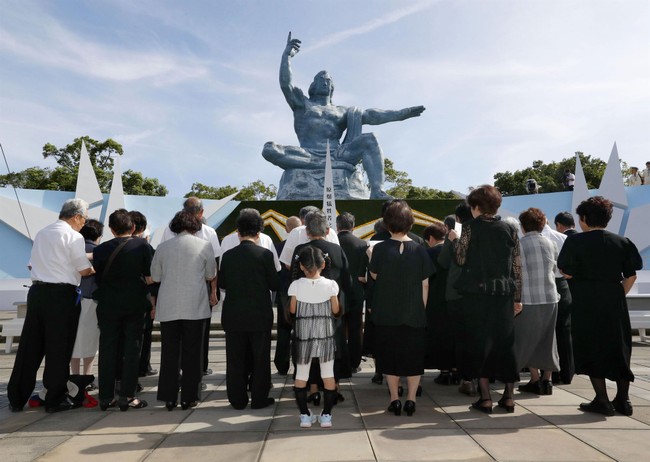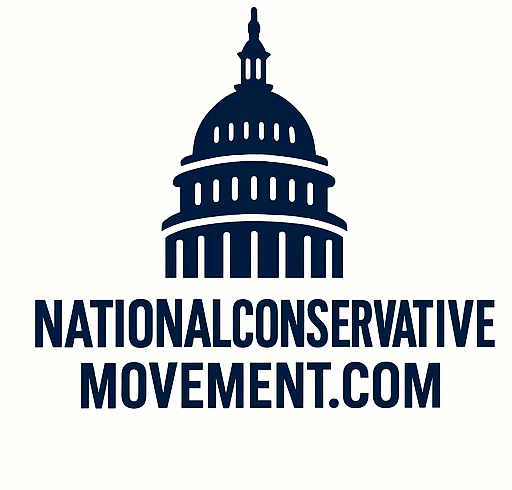
Back in the day, our English teachers would usually kick off the school year by asking us to write an essay, with the subject being: What I Did on My Summer Vacation. Now that I’ve returned from mine, allow me to finally pass my freshman English class 49 years too late by discussing an essential read for the 80th anniversary of the victory over Japan in World War II, which I consumed voraciously last week.
Two weeks ago, I wrote a reminder essay about the use of an atomic weapon at Hiroshima, a topic I first covered two years earlier with the release of the Christopher Nolan film Oppenheimer. My essay discussed the invaluable and essential book Downfall: The End of the Imperial Japanese Empire. Richard Frank had complete access to previously classified material from both the US and the Japanese imperial government that conclusively demonstrated Japan’s unwillingness to surrender, even after Hiroshima and almost even after the second atomic detonation at Nagasaki. Frank covered plans for the alternative strategy for a full-scale invasion, but not in full detail.
D.M. Giangreco filled that gap in his 2009 book Hell to Pay: Operation Downfall and the Invasion of Japan, 1945-1947. The two books overlap in some aspects, but Giangreco focuses much more on the plans for the invasion by the US and the imperial Japanese plans for defense of their home islands. Critics of Harry Truman’s decision to drop either or both atomic bombs often downplay the reality of the conventional warfare that would have ensued, but Giangreco brings it to horrible reality in a lengthy series of reality checks for the stakes involved.
Following Frank’s work, Giangreco lays out the plans of both sides, and the range of potential results — all of which would unleash horrors on a massive scale. Truman, Gen. George Marshall, and the rest of the US command structure had just lived through the insane bloodbaths of Saipan, Iwo Jima, and Okinawa. Giangreco’s detail demonstrates that a direct invasion would have produced a nightmare that would destroy lives on even more massive scales, especially among Japanese civilians, who would likely turned into combatants as they did in the later island battles of the Pacific theater.
Just how bloody would it have been? US estimates began at 5 million casualties before Japan could be pacified in two different campaigns, most of those ostensibly civilians. At least one million of those would be American, and Truman had already begun accelerating drafts to gain another 100,000 men per month in 1945 in anticipation. US losses had dramatically escalated in 1944 already, creating pressure on enlistments and drafts, and Truman knew that a protracted ground conquest of Japan may not be politically sustainable.
The alternative was worse.
As for Japan, they planned to die in large numbers to keep their empire ready for just such an outcome. Their final set of terms offered to the Soviets just prior to Hiroshima, as Frank detailed in Downfall, made those intentions clear. They offered a cease-fire only if the Americans withdrew from the western Pacific and China, no war crimes tribunals, restoration of normal trade, and so on. Even their ambassador to the USSR was astonished at how insular their empire had become and how badly it was misreading the situation. Giangreco suggests that Japan would have countenanced casualties of up to twenty million in an American invasion to ensure their imperial survival.
Hell to Pay also provides essential insight into the value Truman and the allies placed in the unconditional defeat of imperial Japan. The outcome of the Versailles Treaty and its ambiguities had a powerful impact on Allied leadership. The insistence on unconditional surrender came from the hard lesson of how those ambiguities led to returned militarism in Germany and its parallel development in Japan. Truman and his joint chiefs refused to allow an outcome that would lead to nothing better than a 20-year remilitarization again, only this time with even more terrible weapons in the offing. To that end, US military plans included options for the use of both chemical and biological weapons (Japan had used both) to soften up the defenses on both Kyushu and Honshu, as well as adapting atomic weapons from strategic use to tactical battlefield use.
Operation Downfall would have been an all-out massacre on both sides, a bloodbath on a scale never seen before or since.
Or perhaps it wouldn’t have happened at all. Admiral Chester Nimitz opposed the full-scale invasion of Japan, a point Frank covers in more detail than Giangreco does, as dangerous and unnecessary. Nimitz had proposed a naval blockade and air campaign that would have starved the Japanese government into unconditional surrender. As the US occupation forces found out quickly, Japan would have lost millions of lives within a few short months in a blockade due to famine, not to mention the relentless bombing campaigns of Curtis LeMay. With US intel operations figuring out that Japan had fully prepped a defense more daunting than Okinawa in July 1945, the alternative to Hiroshima and Nagasaki may not have been an invasion, but a rapid and calamitous famine that could have crippled Japan for decades, perhaps forever, with much less risk to American lives. Such a famine would likely have killed just as many Japanese civilians as Operation Downfall, or perhaps several times that number. Even with the surrender on August 15, the US barely avoided a massive famine in Japan in the fall of 1945 with a superhuman effort to airlift food and medicine.
Finally, let’s return to the issue of finality. Giangreco includes an epilogue by James Michener, the celebrated author whose works Hollywood has turned into film and TV classics, offering his perspective on Truman’s choice. Hollywood elites had attempted to draft Michener into a campaign to criticize the use of atomic weapons in Japan at the 50th anniversary of the Hiroshima blast. Michener, a veteran of the war in the Pacific theater, declined to do so and explained why in a letter to fellow veteran Martin Allday, with the proviso that it not be published until after his death. Even 30 years ago, Michener feared being blacklisted in Hollywood for his views on the topic.
Read the Giangreco book for his letter in its entirety, but this argument from Michener has lessons for today as well:
So I have been able to take refuge in the terrible, time-tested truism that war is war, and if you are unlucky enough to become engaged in one, you better not lose it. The doctrine, cruel and thoughtless as it may sound, governs my thought, my evaluations and my behavior. I could never publicly turn my back on that belief, so I have refused opportunities to testify against the United States in the Hiroshima matter. … I accept the military estimates that at least 1 million lives were saved, and mine could have been one of them.
That is a lesson that has been lost over the last 80 years. We see the results everywhere, but especially in the Middle East, and especially in Gaza. When someone starts a war — especially those with insanely tyrannical belief systems — there is nothing that can be done but to fight it until absolute and utter vanquishing of such enemies. Giangreco reminds us, as Frank does as well, that the world was blessed with leadership in 1945 that understood that doctrine … rather than the leadership caste of the West in our time.
Editor’s Note: Thanks to President Trump and his administration’s bold leadership, we are respected on the world stage, and our enemies are being put on notice.
Help us continue to report on the administration’s peace through strength foreign policy and its successes. Join Hot Air VIP and use promo code FIGHT to get 60% off your membership.














